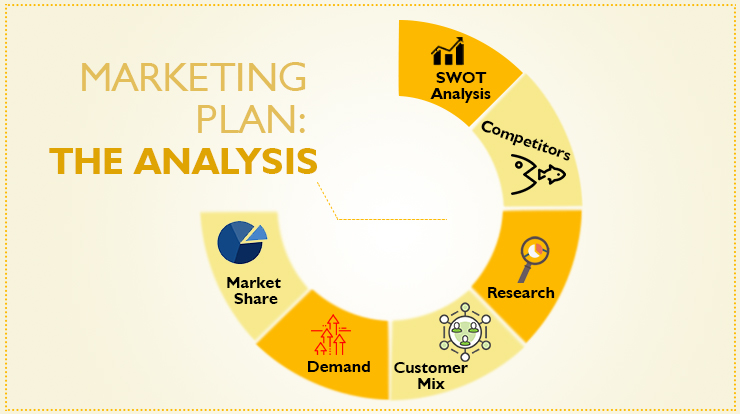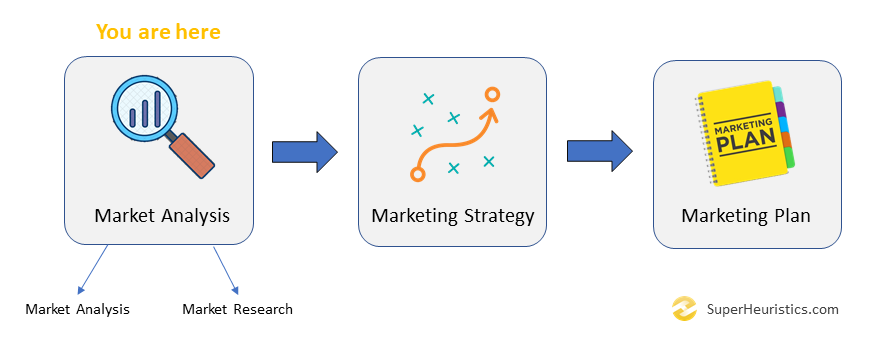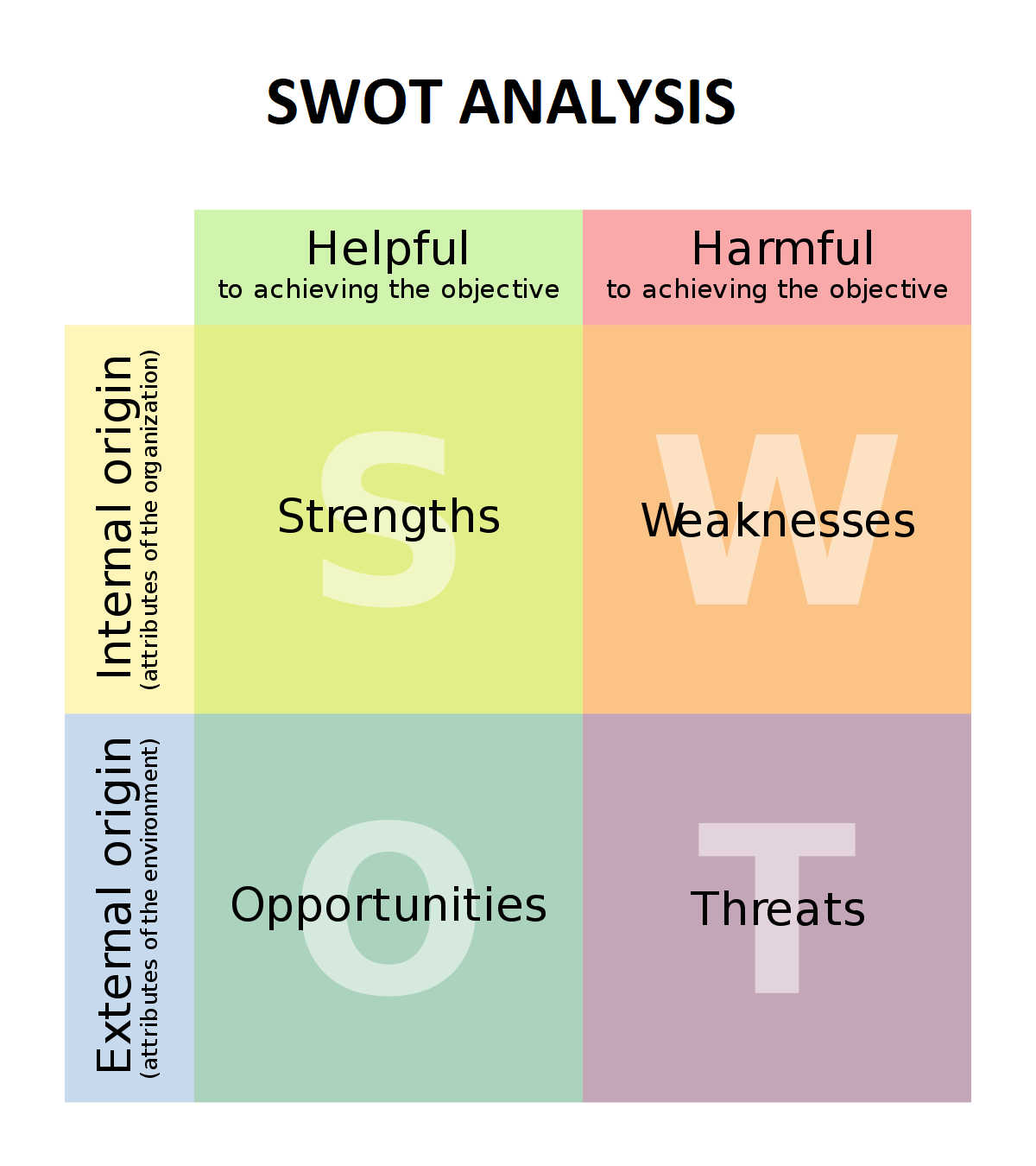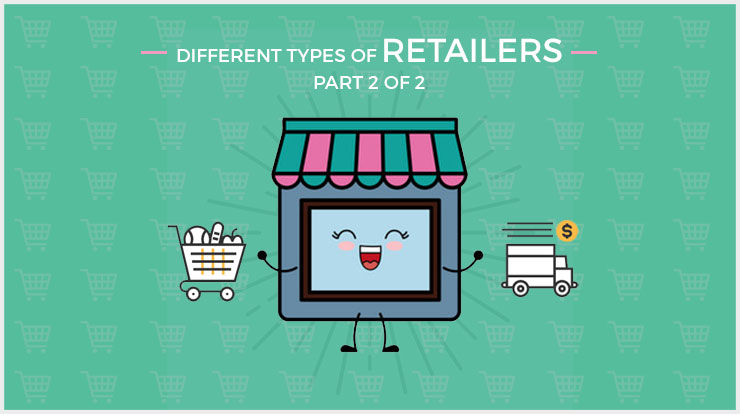
You are reading the Part 1 of my series of articles on creating a marketing plan.
Any business project has to be divided into different stages. More importantly, there needs to be a plan. So, for example, if you are starting up a venture, you need a business plan. That would be the complete blueprint of who are you, what do you know, what are you going to do, how you are going to do it and what are you trying to achieve.
As stated in Guy Kawasaki’s Reality Check, writing a business plan forces you to solidify the objectives (what), strategies (how) and tactics (when, where, who).
One part of the business plan is the marketing plan. And let me tell you it is one of the most important parts.
I have an association with a well-regarded entrepreneurship club in India and I can tell you, the places where young entrepreneurs falter or are grilled on by the investors is usually the marketing plan.
Most would debate that the financial plan is more important or equally important, but, trust me, no one is going to even look at your financial plans if the very germ of your business idea is lopsided.
And that germ, that identification of the need, the anticipation of the need, comes in the purview of the marketing plan.
Here I present to you how to go about understanding what a marketing plan is made up of. This entire knowledge will come to you in two parts. The second part, The Marketing Plan: The Strategy, will take the discussion of this article further.
So, what is a marketing plan?
Creating a marketing plan has two parts: Analysis and Strategy. Most companies forget how vital a marketing plan can be – they do it once when they start. Along the way whenever there is change or some form of an update to a new product or service, they just go ahead without making any further structured plan.
The marketing plan is not just a boring piece of paper that you need in order to get a funding or an investor or to be accepted into a start-up incubator.
First and foremost, doing business without a marketing plan is purely preparing you for a disaster. This is like driving to a new destination without a map. Yes, you may get to your destination eventually but that’s surely after making time-consuming and not to mention costly mistakes along the way.
Now imagine entering a market without knowing who your customers are, where they are situated, their monthly expenditures and most importantly whether there is a demand for your product or services.
Sure, you might have a completely new product and you might want to debate that there definitely is no demand for my product because no one ever had it or knew about it.
And that’s a fair argument to make. In which case, you need to study what other substitutes the have been using to fulfill that particular thing, till now. You will definitely find something that does not do exactly what your product does, but it would be achieving the same purpose for the consumer.
Marketing is how companies create value, build strong relationships and then capture value in return.
Your plan should be updated on a regular basis to reflect the changing need of your business, it should not require so much effort that it is avoided and/or not implemented.
Plan vs Strategy
Now in business, most people tend to combine Marketing Plan and Marketing Strategy into one document and even though there is nothing wrong with doing this, it is quite important to differentiate the two.
Surely it is helpful having a step-to-step guideline with analysis and strategy in the same place, but on the further stage if you really want to diagnose your market you need to separate the two and fully understand the elements and factors.
So, what is the difference between a Marketing Plan and a Marketing Strategy
Marketing Strategy: It is an expression of what you or your company wants to achieve, which is inline with your business goals. A marketing strategy is an actionable articulation of what your objectives are.
Marketing Plan: It supports the marketing strategy by articulating that exactly how will the business will achieve the strategic objective. It is preceded by a marketing strategy, based on which a marketing plan is created.

Now obviously, a marketing plan is more detailed than the marketing strategy. But, it is extremely important to formulate the correct marketing strategy for you to be able to create a marketing plan that serves your purpose.
Market Analysis
A thorough analysis needs to take care of various internal and external factors. It should sum up the entire business landscape into your market plan.
SWOT Analysis
The SWOT analysis is the beginning of every real analysis stage of a marketing plan. It allows you to understand your position in the market, your strengths, your weaknesses, identifying your competition, how they operate.
Becoming familiar with their strengths and weaknesses in the market is absolutely vital so that you now where you stand when facing them.

Let’s break it down in its four elements:
Strengths: Internal factors – What do we do well?
Competitive advantage, expertise, skills, or any factors that improve your company’s position and that is unique to you. Examples can be a well-trained sales team or low production costs, high consumer retention etc.
Weaknesses: Internal Factors – What things do we need to work on in our business?
These factors reduce your company’s ability to achieve its objectives; one good example can be insufficient marketing efforts and a lack of planning, unreliable delivery etc.
Opportunities: External Factors – What trends are creating opportunities for us?
This is how you will find ways for your business to grow and become more profitable. How can your company’s main skills assist in taking advantage of these opportunities? Examples can be technological changes or consumer trends are opportunities.
Threats: External Factors – What obstacles are we facing?
These are barriers to entry in your primary markets; these can prevent your business from advancing or making a profit and should be given much attention to. Examples can be detrimental economic or political developments, a shortage of labor, new changes to laws or legislative.
Market Research
First of all, if you are still unsure about what’s the difference between market research and market analysis, make sure you check out my blog post on the same. The research part is important to Develop a Target Market Profile. These will be the people your business plans to target.
Here you need to dig deep; your information must come from different sources:
Economy, Sociology, and Psychology, to understand who your ideal client is and how he/she behaves in the market. How he/she spends money, what motivations and expectations he/she has.
Here below I will show you some of the key factors to analyze and understand your target market.
Demographic Portrait
You should be able to show how well you know your customers both inside and out, know their expectations, creating a Buyer Persona helps to know your customers profiles and where they are in their buyer’s journey along with things such as age, sex, profession, career, income level, level of education and geographic location.
Estimated Demand
You should try to show good research that shows estimated demand for your products or services as well as the rate at which the demand is expected to grow. When seeking aid from financial institutions this will create confidence that your business has great growth potential.
Purchase Motivation
Understanding your customers and where they are in their buyer’s journey will help you understand what exactly motivates them to complete that final process of making a purchase. Are they looking for savings or a way to simplify their lives? Are they just simply shopping for pleasure?
Also, to keep in mind and ask yourself: What keeps your customers away from your competitors’ products or services? Are they too expensive? What do they lack in their products or services?
These simple questions will help you to develop a great product or service that outshines your competition.
So far you have just read about some essential parts of the market analysis and market research that you will need in order to draft the perfect marketing plan.
After doing your analysis and gathering all the important information about your target market and your competitors, it’s time to create a strategy. My next blog post on that topic will take care of that.







